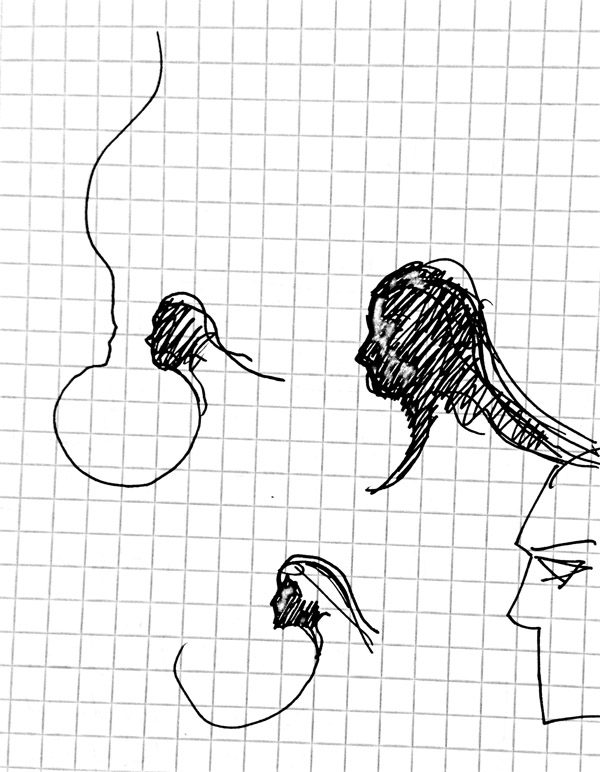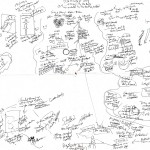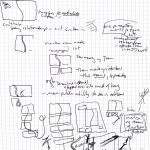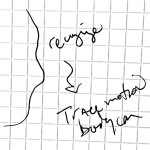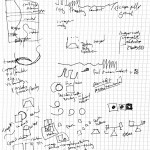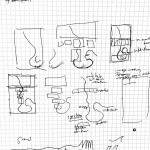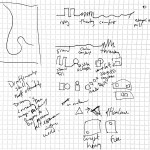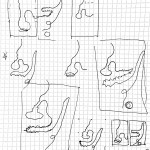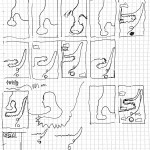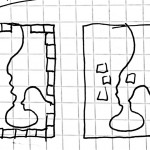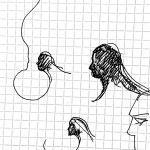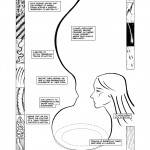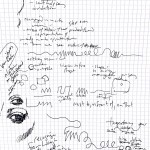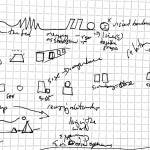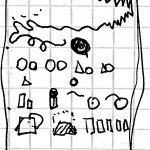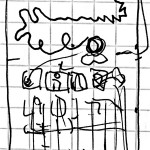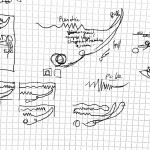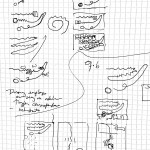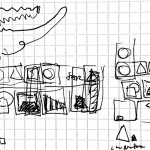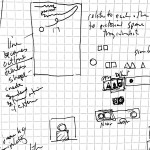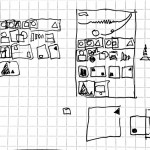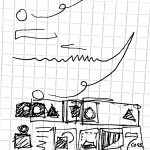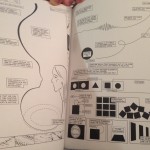In this post, new reviews and detailed sequences of process sketches below.
Extremely smart and insightful review of Unflattening in Canada’s Quill & Quire by Ian Daffern. He opens with the question, “Can comics inspire the next leap in the way we think about physics, philosophy, or even our everyday lives?” And closes by calling Unflattening “terrifically ambitious, and sincere in its belief that comics can provide a parallax view to not just open our minds to innovation, but free us from the linear restrictions of what we call reality.” Good stuff! See the full review here.
This week, Unflattening made several comics/books of the year (thus far) lists! So pleased to be featured alongside comics from established authors I think the world of including Scott McCloud, Brian Vaughn & Fiona Staples, David B., and Jillian Tamaki as well as publishers like DC, Marvel, Image, First Second, and more. Here’s the rundown:
Paste Magazine 20 Best Comics of 2015 (so far). Reviewer Sean Edgar wrote: “In Unflattening, those themes take flight into simultaneously higher and deeper directions, presented with a visual vocabulary that will blow readers minds in the most scholarly way possible.” See the full review here.
Panels Favorite Comics of 2015 (so far). Comics scholar Hattie Kennedy calls Unflattening, “a fascinating exploration of comics and their potential for communicating stories and information. Sousanis explores how we read and just why comics might be the perfect way in which to experience all new ways of seeing, free of the limitations of purely visual or verbal forms of representation. If I am making it sound really dry, I really must emphasise that it isn’t, indeed for someone who reads a lot of comics and writes about them this has been one of the most exciting things I have read in ages. If you’re even the smallest bit interested in how comics work and the potentials of the form then this is essential reading. References to other texts abound and Sousanis uses the page creatively to make this an intriguing and immersive reading experience.” Read the full review.
The Young Folks 2015 Midyear Review. Writer Joey Daniewicz says, “he spends Unflattening demonstrating and advocating for merging the written word with image and illustration to present ideas in ways that words alone, favored for millennia, cannot. It’s more like reading a philosophical essay than reading a book, but while writing on philosophy trips on itself, Sousanis’ merging of the written word with his illustrations allow us to better enjoy its wealth of ideas.” Entire review here. For all past press please click here or go to Harvard’s site.
As I discussed in my previous post, I think there is something really vital to be gained in seeing the process behind a creative work. I know that that is the case for me, and from feedback I’ve gotten at talks when I’ve shared my sketches, I feel more convinced about the value in doing so. So with that said, I wanted to share a little bit from the creation of Chapter Four. I work back and forth between large newsprint pads and my 8 inch square, Rhodia graph paper notebooks. The big scale lets me see a whole lot of ideas all at once – and is especially helpful for figuring out the flow of an entire chapter, while the smaller gridded books are best for designing individual pages, where i can keep reworking and figuring out how the elements will fit within the page constraints. I’m sharing details of the sketches that led up to page 74, which I named “Marks” and previously discussed on the site here. I’ve also included its immediate neighbor page 75 “shape and form.” This latter page (along with 76, 77, and 78) is a tribute to Molly Bang and her wonderful book Picture This. I can’t recommend it highly enough for interested to take up picture making and I share it with my students and talks all the time. Both of these pages wrestle with what drawing means – and are areas I’m planning to continue exploring in my work and my teaching going forward. Periodically, in the process of figuring out these pages, they would merge for a time and become a single page, and then go back to being two, which I think you should be able to see in this progression of sketches. I’m including one of the newsprints of the entire chapter to start this off, and I’ve kept the progression sequences leading up to each final page separate below. Thanks for following along! – Nick
Page 74:
Page 75:


